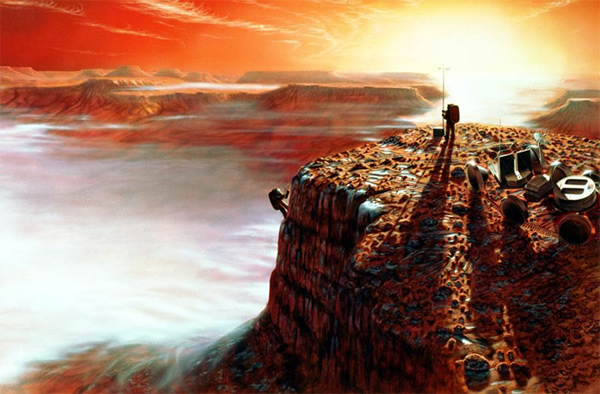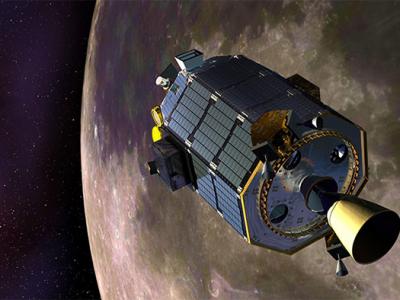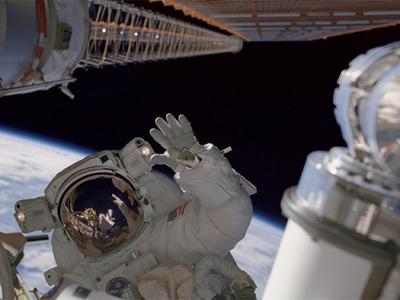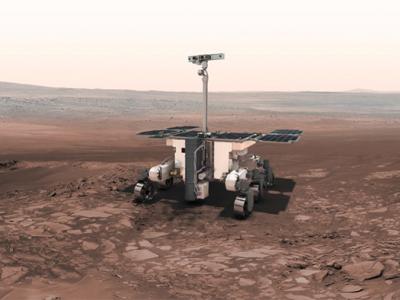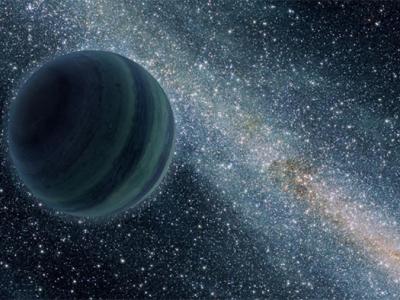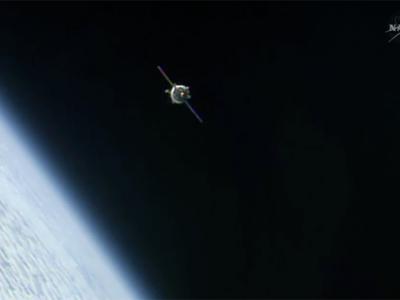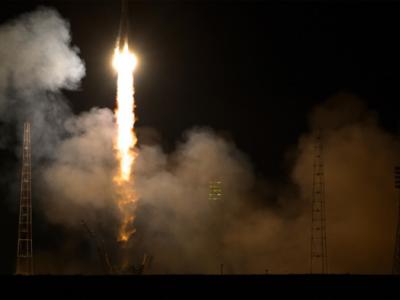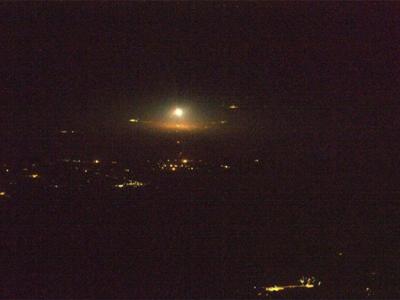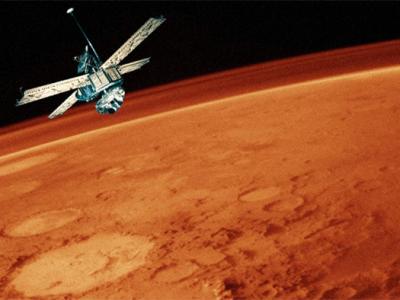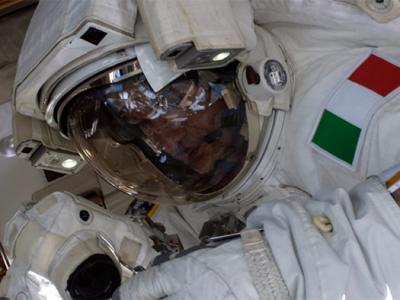NEWSFLASH: Mars is Toxic
Mars One founder Bas Lansdorp announced this week that 78,000 people internationally have applied to become the first colonists on a one-way mission to Mars. Although I have serious reservations about the Mars One business plan, I am humbled by the tens of thousands of people that share the excitement and pioneering spirit for a Mars mission. At least Mars One has become a catalyst for mainstream interest in the enduring motivation for getting boots on the Mars regolith.
But, with the knowledge that even the dust beneath their boots would be out to kill them, I wonder how many applicants might drop out?
At this week’s Humans 2 Mars Summit (H2M) in Washington D.C., scientists, engineers and Mars advocates have been hashing out the pros and cons of making mankind interplanetary within the next two decades. Needless to say, the challenge will be monumental and the risks will be high. But during Tuesday’s session focused on health risks associated with breathing in regolith — the fine-grained orange dust that covers the planet and annoyingly sticks to Opportunity’s solar panels — medical experts weighed in on some of the most recent findings made by our current and past robotic emissaries.
NEWSFLASH: Mars is Toxic
Here are some of the highlights as detailed by New Scientist:
Perclorates: This particularly toxic, yet useful group of chemicals are used as oxidizers in rocket fuel. Some hardy bacteria in the Atacama Desert in Chile also use it as an energy source. However, it is well documented that human exposure to perchlorate pollution on Earth can wreak havoc with your thyroid gland. As it turns out, it looks like Mars regolith is packed with the toxin. Indications of perchlorates were first discovered by NASA’s Phoenix Mars lander in 2008. This finding added evidence that the odd chemistry results discovered by the 1970′s Viking landers may have also been caused by perchorates. Recently, while analyzing scoop samples from a sandy drift of material inside Gale Crater, it appears NASA’s Mars Science Laboratory Curiosity has also detected hints of the stuff.
Silicates: The fine Mars regolith is also packed full of silicates. Concern has been aired by medical experts that if breathed in, these silicates will combine with the water in Mars colonists’ lungs, creating chemicals that can cause all kinds of respiratory diseases.
Gypsum: What will Mars colonists and coal miners have in common? Breathing in coal dust is known to cause damage to the lungs, and gypsum — a sulphate mineral that forms in the presence of water — can have a similar impact. Although it’s technically not toxic, the US National Institute for Occupational Safety and Health “classifies gypsum dust as a nuisance particulate that can irritate the eyes, skin and respiratory system, and sets recommended exposure limits,” according to New Scientist. So, when both Opportunity and Curiosity made the discovery of gypsum veins in rocks, although it’s an exciting piece in the puzzle of Mars’ wet past, it does create another potential breathing hazard for humans.
Of course, our future colonists won’t be walking around outside, breathing in all that dusty crap, but as the Apollo missions showed us, lunar regolith can be a very sticky customer. Mars regolith will be a different creature — like the moon, it was produced by aeons of rock-shattering meteorite impacts, but Mars has an atmosphere and weathering processes that smoothed the dust grains. Lunar regolith grains have sharp features. But one thing both have in common is that they will likely carry a lot of static electrical charge making the dust grains stick to spacesuits, habitats and Mars buggies.
Although we’d need a seriously heavy-duty hab airlock system to remove as much dust as possible from spacesuits, thus minimizing contamination of habitat interior, the airflow of life support systems will likely keep any stubborn dust particulates airborne and breathable by colonists. It may also cause blockage to air filtration systems. And contaminate food, particularly over long durations.
In short, colonists will just have to, literally, suck it up and deal with the health consequences and develop methods to minimize the dusty risks. And, who knows? The technologies that we develop to safeguard life on Mars might generate valuable spinoffs for life on Earth, too.
So, what should we take from the science behind these medical concerns?
Once any future Mars colonists survive solar radiation and high-energy cosmic rays during Earth-Mars transit; make it through a violent entry, descent and landing; face the continuous threat of a high-radiation environment; set up camp and begin the first day of the rest of their lives on the Red Planet, I think they’ll just chalk-up the toxicity of Martian regolith as one of the list of inevitable hazards to live with on Mars. Worrying about toxic regolith contamination inside habitats probably won’t be high on their list of concerns.
Be under no illusions, gaining a human foothold on our neighboring planet will be dangerous. There will be disease, injury and death. For those first colonists that eventually travel to Mars (hopefully by around 2030), they will be all too aware of the risks.
It’s unlikely that the majority of the current 78,000 Mars One applicants have thought through all the hazards (and Mars One itself appears to be a little naive of the technological maturity required to mitigate these hazards anyway), but like the astronauts and cosmonauts since the beginning of the Space Age, Mars explorers in the future do it with a pioneering spirit that, in the face of danger, will embody humanity’s thirst for adventure and discovery.(May 9, 2013 04:05 PM ET // by Ian O'Neill)
